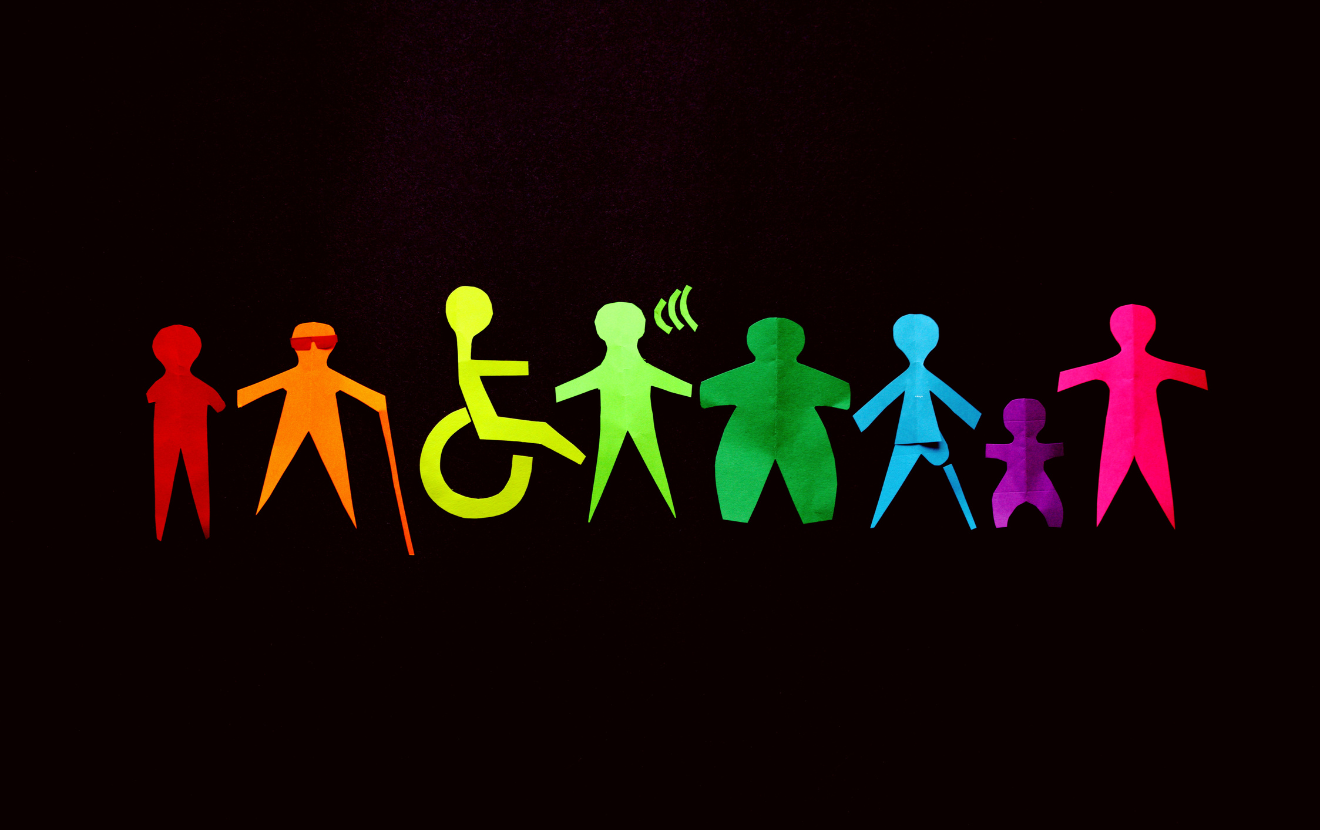In the daily hustle of running a credit union, it’s easy to overlook one of the most stubborn obstacles to growth: member inertia. This seemingly benign behavior—the tendency for members to stick with the financial products they know, even when better options are available—can quietly drain your credit union’s potential. Addressing inertia isn’t just about nudging members toward better products; it’s about actively enhancing their financial health, which, in turn, strengthens your credit union’s connection with members.
The inertia problem: When familiarity breeds complacency
Inertia is like that comfy old armchair your members just can’t seem to part with. Sure, it’s worn out and squeaky, but it’s familiar. In the financial world, this translates into members clinging to outdated products: high-fee checking accounts, low-yield savings, or cumbersome loans that no longer serve their best interests.
This behavior is driven by several factors. First, there’s loss aversion, where the fear of losing something (even something minor) outweighs the potential gains of switching. For instance, a member might worry about losing a small convenience, like a familiar online banking interface, even if switching to a new product could save them significant money in the long run.
Second, there’s decision fatigue, the mental exhaustion that comes from having to make too many decisions. Financial decisions, which often involve complex comparisons and potential risks, can be particularly draining. As a result, many members choose the path of least resistance: sticking with what they know.
Lastly, information overload can paralyze decision-making. With a multitude of financial products available, each with its own set of terms, conditions, and fine print, members can feel overwhelmed and opt to stay with their current product rather than navigate the sea of choices.
Jane and her high-fee checking account
Meet Jane, a loyal member who’s been with your credit union for years. She’s still using a checking account that charges a monthly maintenance fee and offers negligible interest. Despite the availability of newer, better options—products that would save her money and offer more perks—Jane sticks with her old account. Why? Because switching seems like a hassle, and she’s comfortable with what she knows.
Jane’s inertia is costing her money and potentially costing your credit union her long-term loyalty. If Jane discovers that she could have been saving all along, she might start looking elsewhere for financial services.
Strategies to break the inertia and boost financial health
So how do you shake members like Jane out of their financial slumber and get them into products that better serve their needs—and your credit union’s growth? Here’s a roadmap:
- Simplify the switching process: Think of this as your credit union’s version of Marie Kondo—make switching products so seamless and straightforward that it sparks joy. Offer personalized switching services, like a “Switching Concierge” who handles the nitty-gritty details for the member. The less effort required, the more likely they’ll make the leap.
- Nudge, don’t shove: Subtlety is key. Use behavioral nudges—those gentle pushes in the right direction—to encourage members to switch. Personalized emails or app notifications that show just how much they’d save by switching products can be powerful motivators. Even better, use social proof: “Join the 75% of our members who have already upgraded to a better checking account!”
- Make it crystal clear: Cut through the noise with clear, comparative information. Use simple charts and graphics that highlight the benefits of newer products over old ones. If members can see the advantages at a glance, they’re more likely to take action.
- Add a little incentive: Everyone loves a good deal. Sweeten the pot with a one-time bonus or a fee waiver for the first few months after switching. For the extra-engaged member, consider gamifying the process: reward points for completing the switch, or even a raffle for those who make the change within a certain time frame.
The payoff of proactive engagement
Addressing member inertia isn’t just a nice-to-have—it’s essential for the financial health of your members and the sustained growth of your credit union. By proactively guiding members to switch to better products, you’re not just improving their financial lives; you’re also enhancing your credit union’s relevance in an increasingly competitive market.
Inertia may be a natural part of human behavior, but with the right strategies, it doesn’t have to be a roadblock. By making it easier for members to move to better financial products, you create a win-win scenario: happier, more financially secure members and a thriving, dynamic credit union. So let’s break out of the rut—one member at a time.







